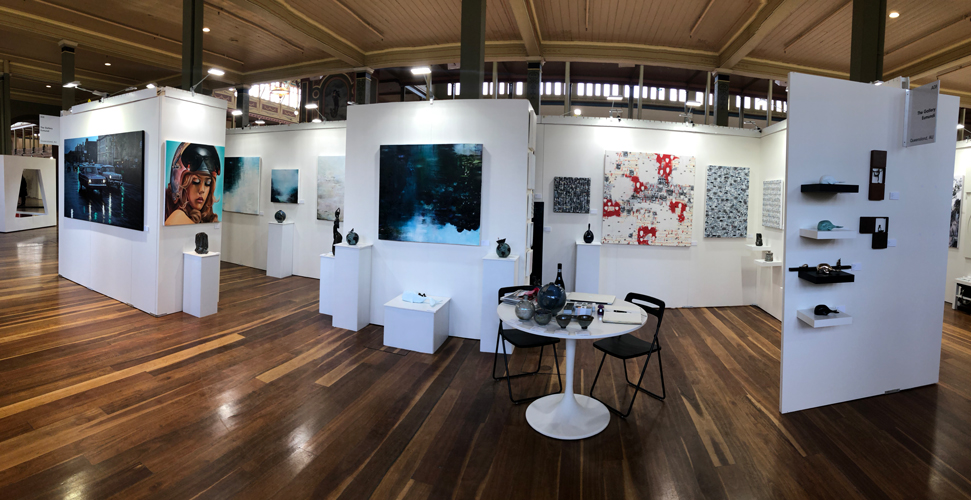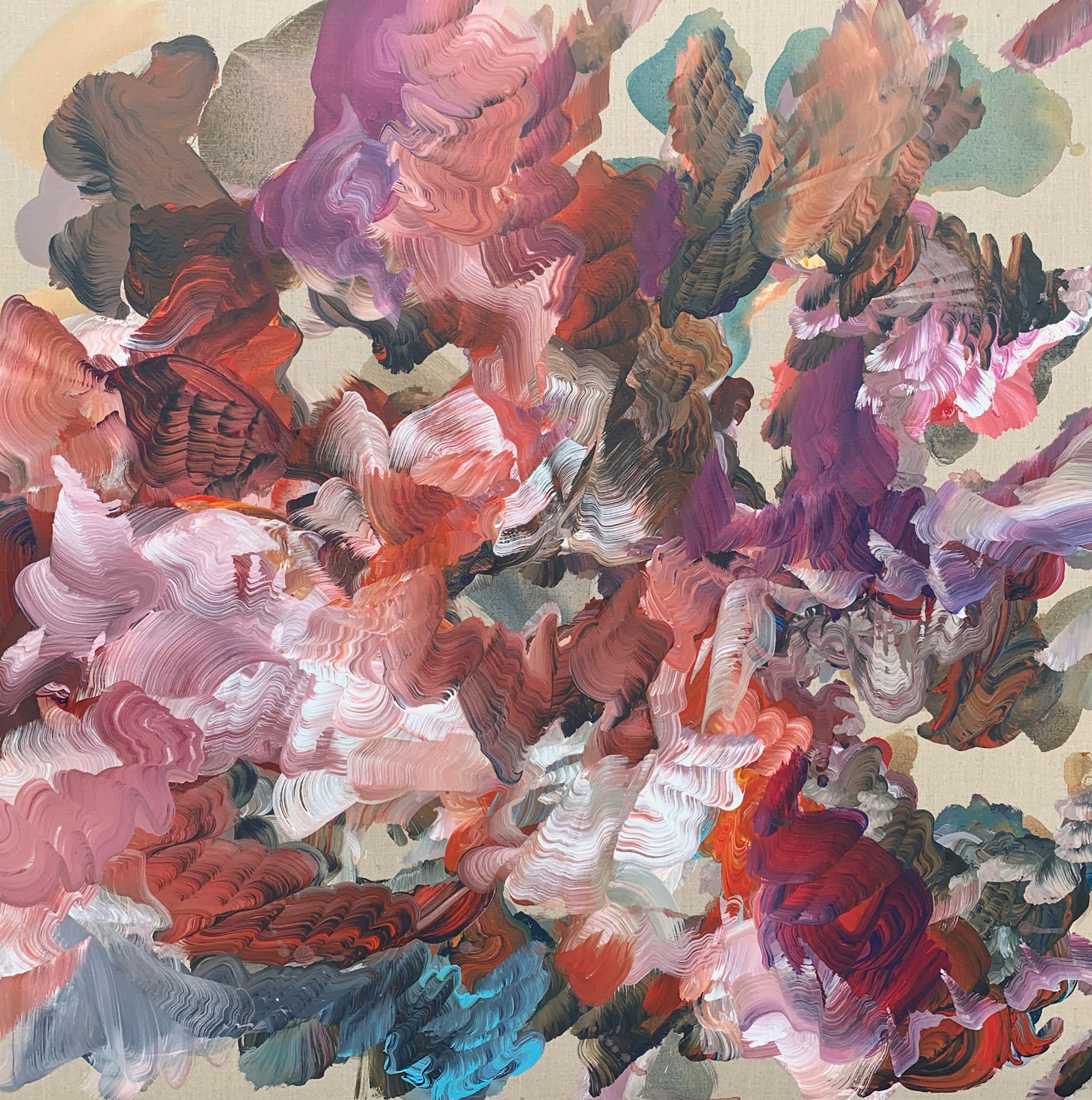
Why Galleries and Regional Fairs may recover fastest from the Global shutdown
On Thursday, Neil Irwin of the New York Times opined that the lockdown era could accelerate the momentum toward economic nationalism and regional self-reliance that has been building around the world since the 2008 financial crisis. And I suspect that the factors powering the shift away from globalism will influence how the eventual resurrection of the art industry plays out, too.
The core of Irwin’s argument seems borderline-indisputable as the US enters its second month of stay-at-home life. Disruptions in the international supply chain for a variety of goods, from medical equipment to toilet paper, have cast a harsh light on how vulnerable individual countries and regions have become thanks to the logistics of globalization. After all, in Irwin’s words, globalization is a system “in which companies can move production wherever it’s most efficient, people can hop on a plane and go nearly anywhere, and money can flow to wherever it will be put to its highest use.”How naive does any single one of those expectations sound in the age of social distancing, let alone all three bear-hugging each other into an inseparable unit?
The longer the shutdown lasts, the more nervous people are likely to be about re-entering the world, too. And despite the art market’s stated intentions to re-emerge from hibernation in September—a month now crammed so full of events that the schedule looks like a misprint—I’m increasingly of the opinion that 2020 as a whole is over for art fairs and other crowd-dependent art-market events.
An art market justifiably paranoid about frequent international travel is an art market incentivized to fracture into regional and local interests. Short distances won’t just be advantageous on the other side of this mess because of convenience. They’ll also appeal because of the greater protection they afford. It’s the same calculus driving distributors in so many other industries to consider restructuring from largely global supply chains to ones centered closer to their actual end consumers.
For collectors, then, the question should ultimately become: Where can I see and buy art after the relative safety of a car ride rather than the high anxiety of a commercial flight?
Courtesy of Artnet News
+read more





